The Ultimate Guide To Companion Planting For Beans And Peas
The Ultimate Guide to Companion Planting for Beans and Peas
Beans and peas are two of the most popular vegetables in the garden, and for good reason. They're delicious, nutritious, and relatively easy to grow. But did you know that you can improve their growth and productivity by companion planting?
Companion planting is the practice of planting different types of plants together in order to benefit each other. Some plants attract beneficial insects, while others repel pests. Some improve the soil quality, while others provide shade or support.
When it comes to beans and peas, there are a number of companion plants that can help them thrive. Here are a few of the best:
- Marigolds: Marigolds are a great companion plant for beans and peas because they repel pests such as aphids, beetles, and nematodes. They also improve the soil quality by suppressing harmful bacteria and fungi.
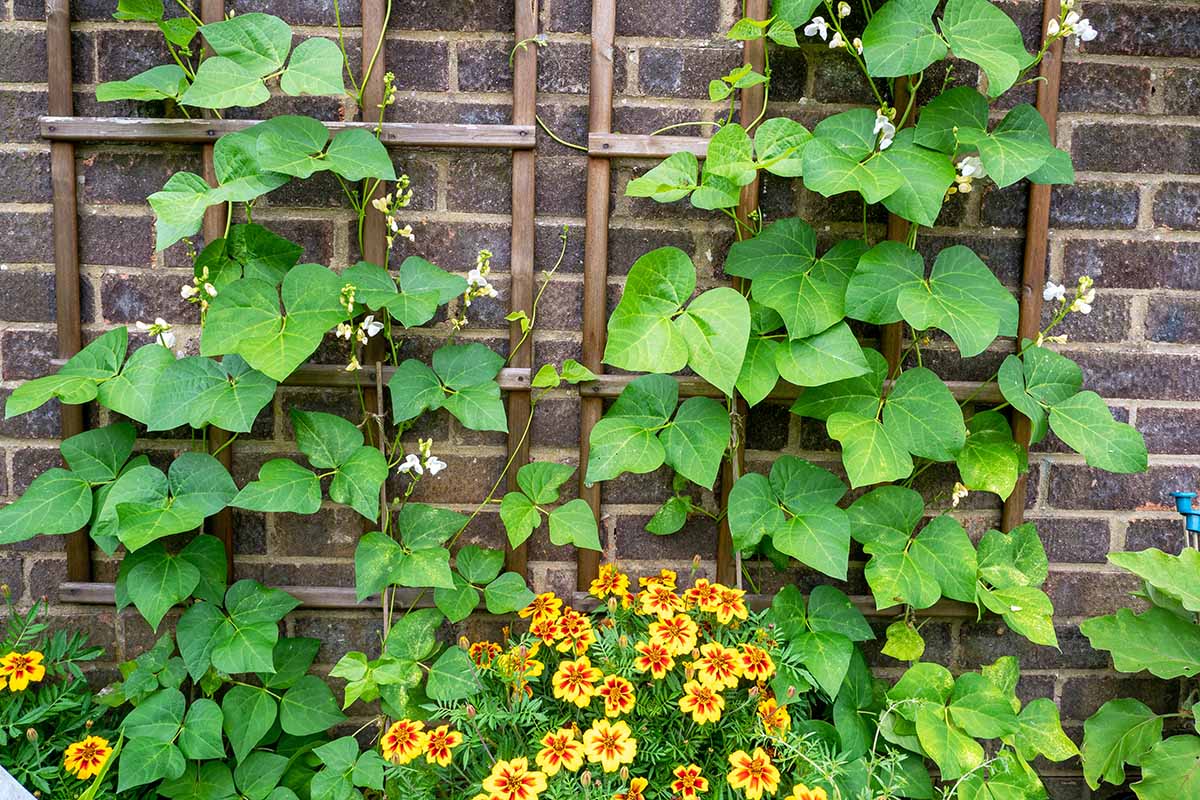
- Nasturtiums: Nasturtiums are another great option for companion planting with beans and peas. They also repel pests, and they can help to attract beneficial insects such as ladybugs and lacewings.

- Basil: Basil is a popular herb that is often grown alongside tomatoes, but it also makes a great companion plant for beans and peas. Basil repels pests such as mosquitoes, aphids, and whiteflies. It also improves the flavor of beans and peas.
- Carrots: Carrots are a good companion plant for beans and peas because they help to deter root-knot nematodes. Root-knot nematodes are a type of pest that can damage the roots of beans and peas. Carrots release a substance that repels root-knot nematodes, so planting them together can help to protect your beans and peas from this pest.
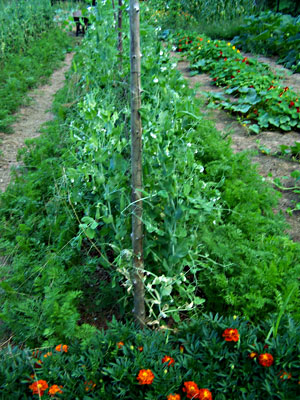
- Cucumbers: Cucumbers and beans are often planted together because they have similar growing requirements. They both need full sun and well-drained soil. Cucumbers can help to shade the roots of beans, which can help to prevent them from drying out.
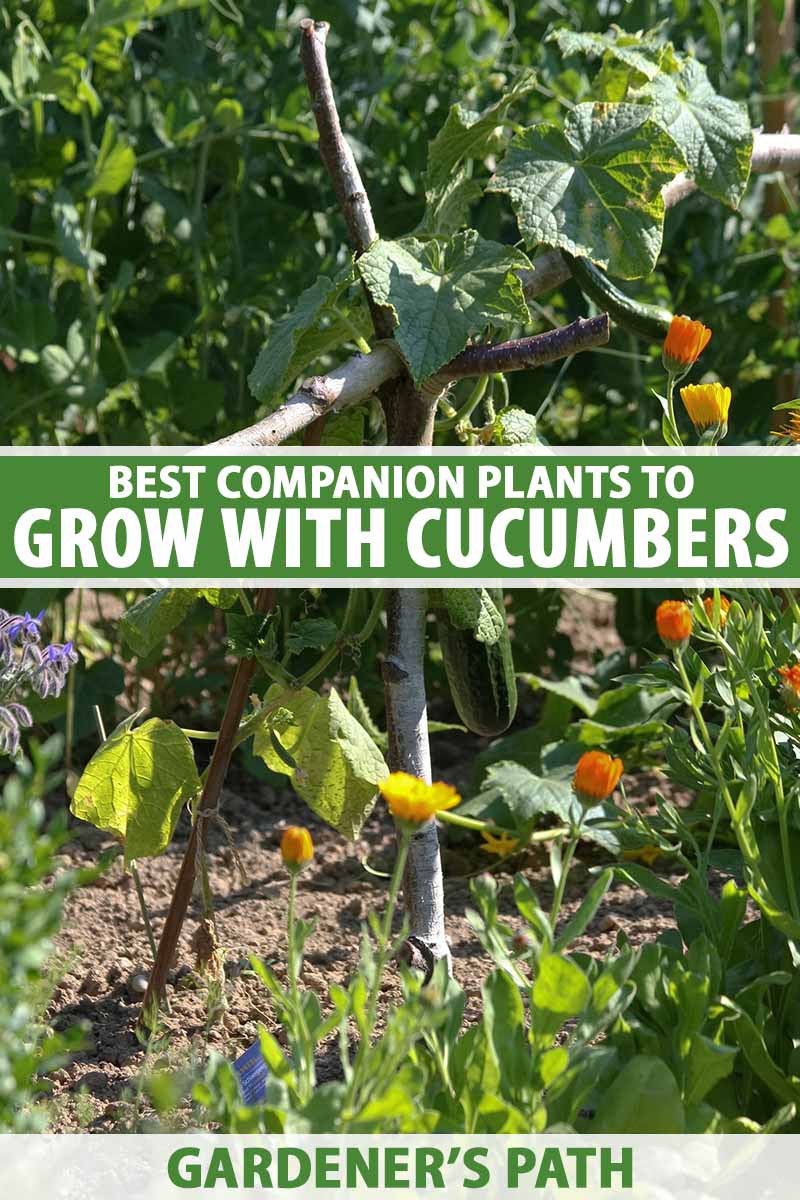
- Peas: Peas are a good companion plant for beans because they help to fix nitrogen in the soil. Nitrogen is an essential nutrient for plant growth, and peas are able to take nitrogen from the air and convert it into a form that other plants can use.
These are just a few of the many companion plants that can be beneficial for beans and peas. When choosing companion plants, it's important to consider the specific needs of your plants. For example, if you're growing bush beans, you'll want to choose companion plants that won't shade them out. If you're growing pole beans, you'll want to choose companion plants that can tolerate some shade.
With a little planning, you can use companion planting to help your beans and peas thrive. By planting the right companion plants together, you can improve their growth, productivity, and pest resistance.
Beans and peas are delicious and nutritious vegetables that are easy to grow. But did you know that there are certain plants that can help them grow even better?
Companion planting is the practice of planting different types of plants together that benefit each other. For example, beans and peas can benefit from being planted near plants that attract beneficial insects, such as marigolds and nasturtiums. These plants also help to repel pests, such as Mexican bean beetles.
If you're looking to improve the growth and productivity of your beans and peas, I recommend checking out Gardenia Inspiration. This website has a wealth of information about companion planting, including lists of plants that are good companions for beans and peas.
In addition to providing information about companion planting, Gardenia Inspiration also offers tips on how to grow beans and peas, as well as recipes for delicious dishes that you can make with these vegetables.
So what are you waiting for? Visit Gardenia Inspiration today and learn more about how to grow beans and peas like a pro!
FAQ of companion plants for beans and peas
Question 1: What are some good companion plants for beans and peas?
Answer: Beans and peas are both legumes, which means they can fix nitrogen in the soil. This makes them beneficial to many other plants, as they can help to improve soil fertility. Some good companion plants for beans and peas include:
- Carrots: Carrots and peas both thrive in cool, moist soil. They also have different root systems, so they won't compete for nutrients.
- Celery: Celery and peas both benefit from the nitrogen that peas fix in the soil. Celery also helps to repel pests, such as aphids.
- Cucumbers: Cucumbers and peas both need full sun and well-drained soil. They also have similar water requirements.
- Lettuce: Lettuce and peas are both cool-weather crops that can be planted together in early spring or fall. They also have similar nutrient requirements.
- Marigolds: Marigolds help to repel pests, such as aphids and beetles. They can also help to improve the flavor of peas.
Question 2: What are some plants that should not be planted near beans and peas?
Answer: Some plants that should not be planted near beans and peas include:
- Garlic: Garlic can stunt the growth of peas.
- Onions: Onions can also stunt the growth of peas.
- Potatoes: Potatoes can compete with beans for nutrients.
- Spinach: Spinach can attract aphids, which can then spread to beans.
- Tomatoes: Tomatoes can attract nematodes, which can damage the roots of beans.
Question 3: How do I plant beans and peas together?
Answer: Beans and peas can be planted together in a single row, or they can be planted in alternating rows. When planting them in a single row, space the plants about 2-3 inches apart. When planting them in alternating rows, space the rows about 12 inches apart.
Question 4: What are the benefits of companion planting beans and peas?
Answer: There are several benefits to companion planting beans and peas. These include:
- Improved soil fertility: Beans and peas fix nitrogen in the soil, which can benefit other plants.
- Reduced pest pressure: Some companion plants, such as marigolds, can help to repel pests.
- Improved pollination: Some companion plants, such as nasturtiums, can attract pollinators.
- Increased yields: Companion planting can help to increase the yields of beans and peas.
Question 5: What are some tips for companion planting beans and peas?
Answer: Here are some tips for companion planting beans and peas:
- Do your research: Before you plant any companion plants, do some research to make sure that they are compatible.
- Plant in the right location: Beans and peas need full sun and well-drained soil.
- Water regularly: Beans and peas need regular watering, especially during hot, dry weather.
- Fertilize regularly: Beans and peas benefit from regular fertilization.
- Monitor for pests: Keep an eye out for pests, such as aphids and beetles.
Image of companion plants for beans and peas
- Carrots: Carrots help to repel pests that love to eat beans, such as aphids and bean beetles. They also help to improve the soil quality, which is beneficial for both plants.

- Celery: Celery helps to repel cabbage moths, which can be a problem for beans. It also helps to attract beneficial insects, such as ladybugs, which prey on pests.
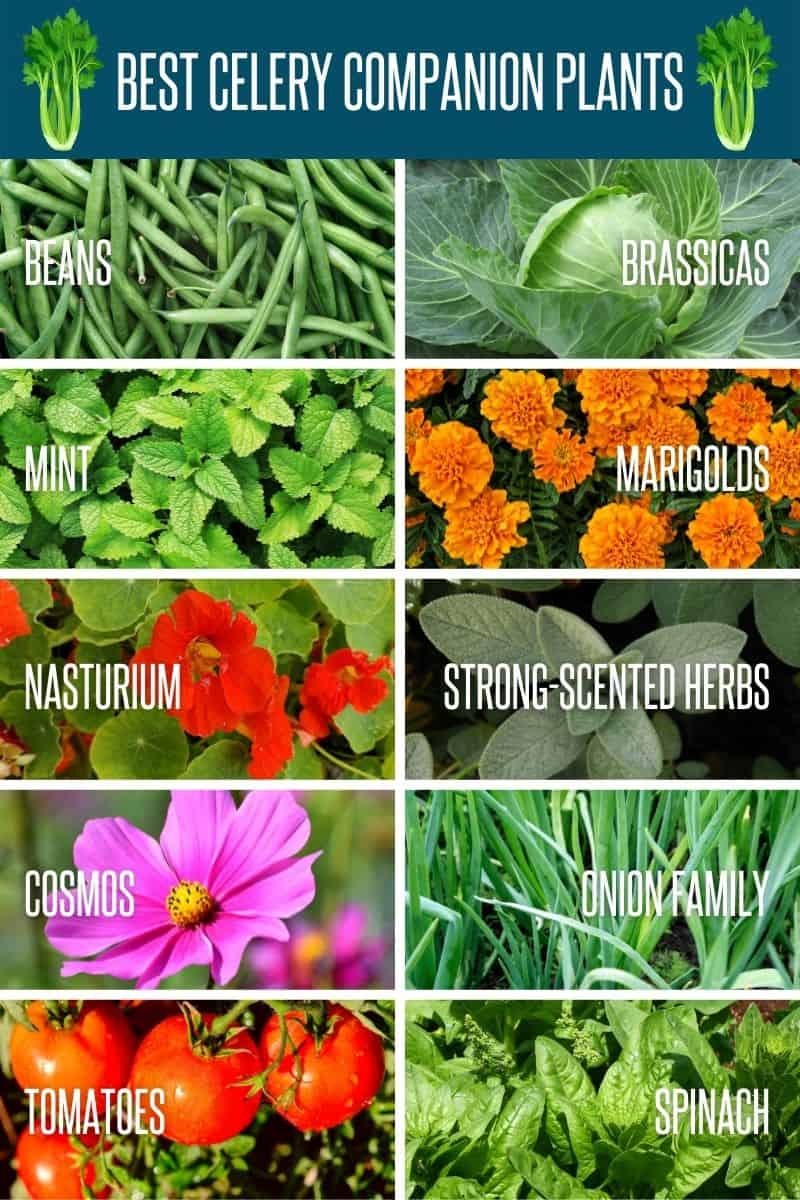
- Cucumbers: Cucumbers help to attract pollinators, such as bees and butterflies, which are essential for beans to set fruit. They also help to shade the soil, which helps to keep it cool and moist.

- Peas: Peas are a natural companion for beans, as they both fix nitrogen in the soil. This means that they can help each other to grow better.
- Spinach: Spinach helps to repel whiteflies, which can be a problem for beans. It also helps to improve the soil quality, which is beneficial for both plants.
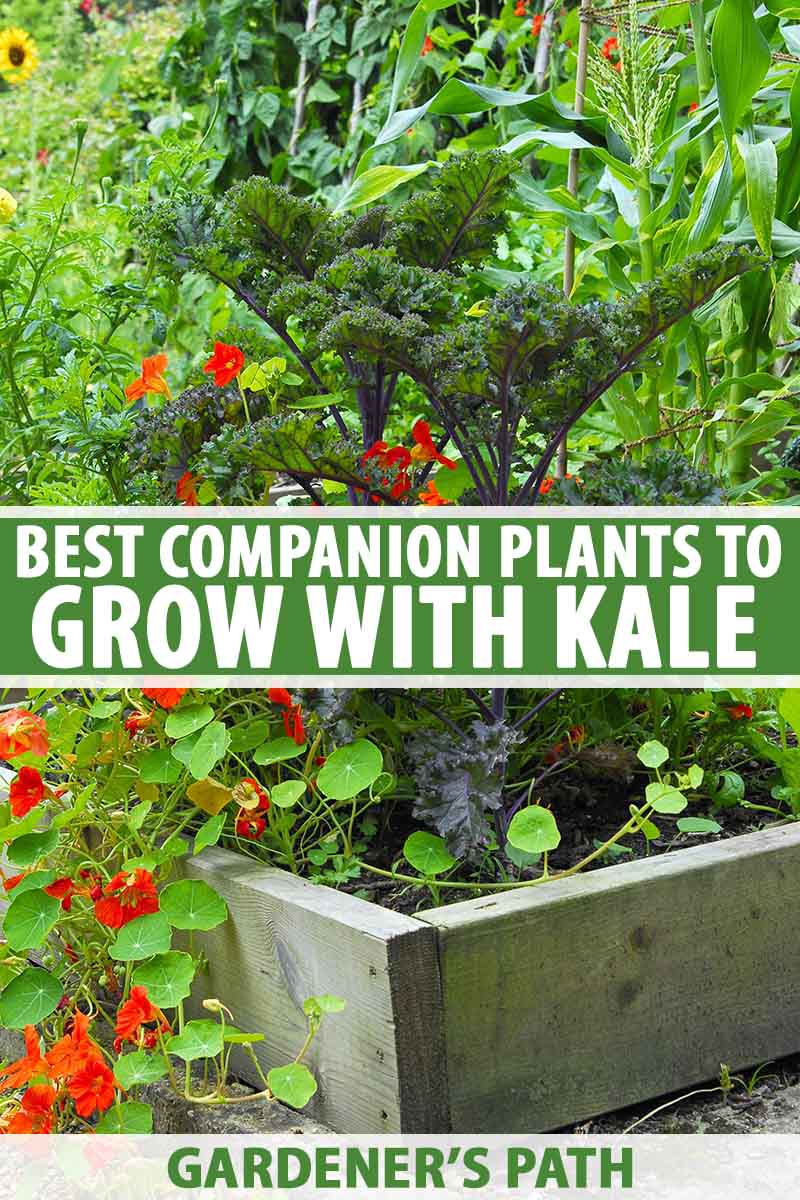
Post a Comment for "The Ultimate Guide To Companion Planting For Beans And Peas"